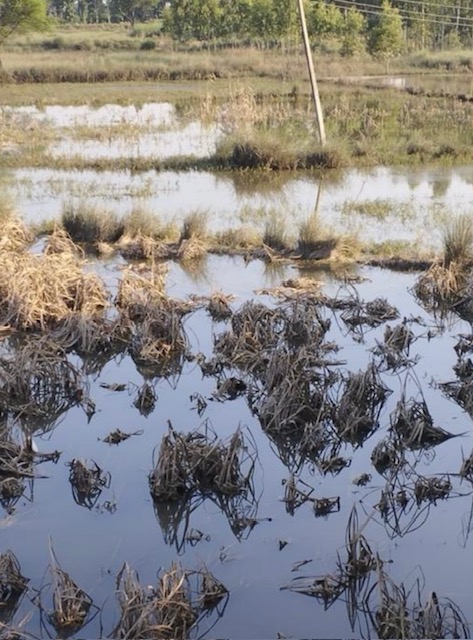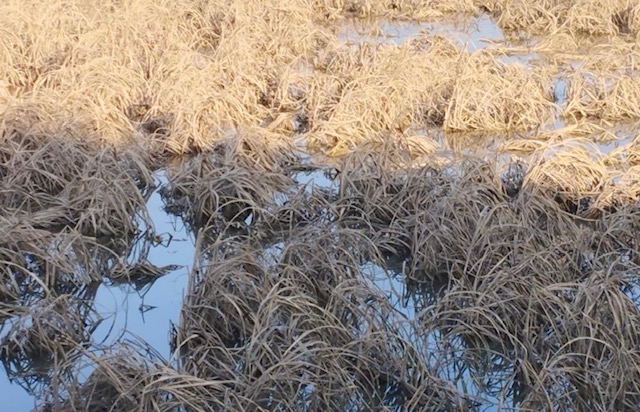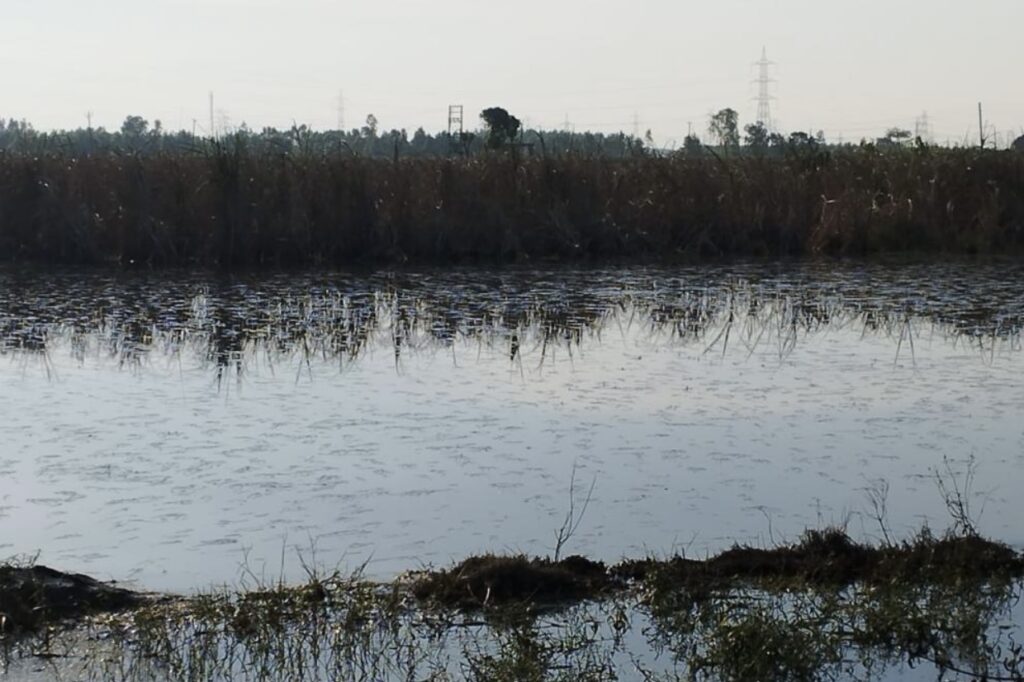Parts of Asia and South America have mountain regions prone to a high risk of flooding due to mountain lakes breaches and bursts.
In India, the Himalayas are home to a large number of glaciers. States like Jammu & Kashmir, Ladakh, Uttarakhand, Sikkim, Arunachal Pradesh, Assam and Himachal Pradesh are vulnerable to this phenomenon because of a large number of mountain lakes.
Mountain lakes often have base and walls made of debris and loose rocks. As the climate warms, new lakes are forming, and the dimensions of existing lakes are increasing in size, causing them to hold even larger quantities of water.
Over time, snow accumulated in mountainous regions compressed into glacial ice. As temperatures rise, glaciers melt and carving large arena shaped depressions in the landscape. Retreating glaciers leave behind rocks and debris creating a wall or a natural dam to block the flow of water.
Various geological processes, such as tectonic activity, create natural depressions in mountains when movements in the Earth’s crust occur. Water flows from snow-melt, seasonal rainfall or cloud bursts replenish glacial lakes or mountain lakes in elevated regions.
Increasing changes in climate patterns, including more intense and frequent storms, altered precipitation patterns, and temperature variations are already influencing the hydrological cycle globally. The unique topography of mountains enhances the likelihood of notable phenomenon which leads to massive flash floods.

The dynamic mountain landscape, combined with natural and human-induced factors, contributes to the complexity of water flow patterns. These complex factors lead to increased volume and velocity of water flow from mountains to downstream plains. This causes flooding, potential damage to buildings and crops downstream.
Here is a clip from recordings done by our team from such locations.
Major Causes
- Cloud Bursts: In mountainous regions, the terrain’s elevation forces moisture laden air to keep rising. As the air rises it cools, reaches its dew point and rapid condensation occurs. This process is known as orographic lifting. The primary cause of cloud bursts is the rapid condensation of moisture in the atmosphere, leading to sudden and very heavy rainfall in a short period over a localized area. This intense rainfall over a short duration leads to flash floods and landslides in mountainous regions.
- Landslides: Due to combination of geological, climatic, and human-related factors, landslides are evidently the most common and devastating occurrences in the mountains. Some factors which facilitate landslides are:
- Intense or prolonged periods of rainfall or rapidly melting snow that can saturate the soil quickly. This increased groundwater fluctuation can reduce soil cohesion, making it more prone to landslides, particularly along steep slopes.
- Seismic activity, causing movements and adjustments due to tectonic forces both in the earthquake-prone areas and even in areas away from major fault lines. Seismic activity causes rocks and soil to lose stability and potentially trigger landslides.
- Human actions like oil and gas extraction, mining and construction of reservoirs also contribute to low-level seismic activity. Vegetation helps absorb and slow down water runoff. Deforestation alters the natural stability of mountain slopes and leads to increased runoff.
Solutions
Early warning systems and effective water management strategies can significantly reduce the magnitude of devastation caused by sudden downstream flooding and runoff.
As proactive preventive measures, expenses associated with such efforts are relatively inconsequential when compared to the expenditures involved in disaster management efforts. Such disasters lead to an incalculable loss of livestock, crops, homes and human lives.
Satellite pictures and drone cameras can aid in studying and monitoring potential landslide-prone areas, facilitating appropriate land-use planning to mitigate the risk of landslides in mountainous regions.
Regular mapping and monitoring of water bodies in mountainous regions, along with coordinated and controlled releases of water from reservoirs, are crucial measures to reduce the ferocity of floods in downstream areas.
We must prioritize preventative measures at the point of origin. This will have the maximum impact on the magnitude of the problem. Consider measures like removing encroachments and clearing the natural flow path to facilitate the free movement of water.
We can gradually reduce a slope without resorting to permanent civil work by using loose boulders and pebbles. To reduce flow velocity, we can create multiple small dikes in the flow path using loose boulders and pebbles.
Water flows from the high mountains do not just affect certain areas. These massive quantities of water ultimately reach from mountains to the level ground of the plains. Here, the water stands there for weeks, destroying crop in the fields.
Here are some observations of this situation in parts of Haryana adjacent to Himachal Pradesh in June-July 2023.





The calmer water which manages to reach the plains should not be allowed to spoil the crop by flooding, stagnating or as run off. This water instead it should be utilized in recharging the ground water aquifers by designing appropriate Rain Water Harvesting systems. This effort will not only improve the water table but will also improve the ground water quality.
very apt observations, risk pertaining to climate change are loudly visible, extreme climatic events have started challenging the livelihoods of many
unabated construction in the hilly regions is worsening the situation, government run infrastructure projects are contributing to the situation
Thanks for your encouraging response.
We have been onlookers for too long. The time has come where we need to take chances as only efforts can lead to victory.
In this context, we will shortly be sharing our experiments and trials conducted last month to combat this issue of flooding.
True facts and really helpful to understand the concept along with photographs and videos.
Thanks for sharing sir
Thank you Sukhdeep ji.
We shall continue to publish our thoughts, Works, experiments and results in coming blogs.
Sir more solution should be included in your blog so that the common people not only can consider them but also implement them at their level in village as well as in taluka’s.
Thank you Manoj Ji.
We shall soon be publishing in our next blog, the results of successful trials conducted by us last month for reducing the damaging impact of flooding in plains.
Good to see you pen again. Your post is very informative and answer few questions which i always wondering how the change in geography, climate and nature bring disaster to human habitat.
Water is very precious for animal kingdom but at the same time it can act as a tool for destruction. Hope newer technology in water management will provide answer to the challenges created by mismanagement by us.
Thank you Dr. Goel
My apology for not publishing any blog since April 2021.
Assure you that we shall put in a new blog in continuation to this blog soon within the next week with some details of our trials and subsequent solution which can be replicated in all flood prone areas.